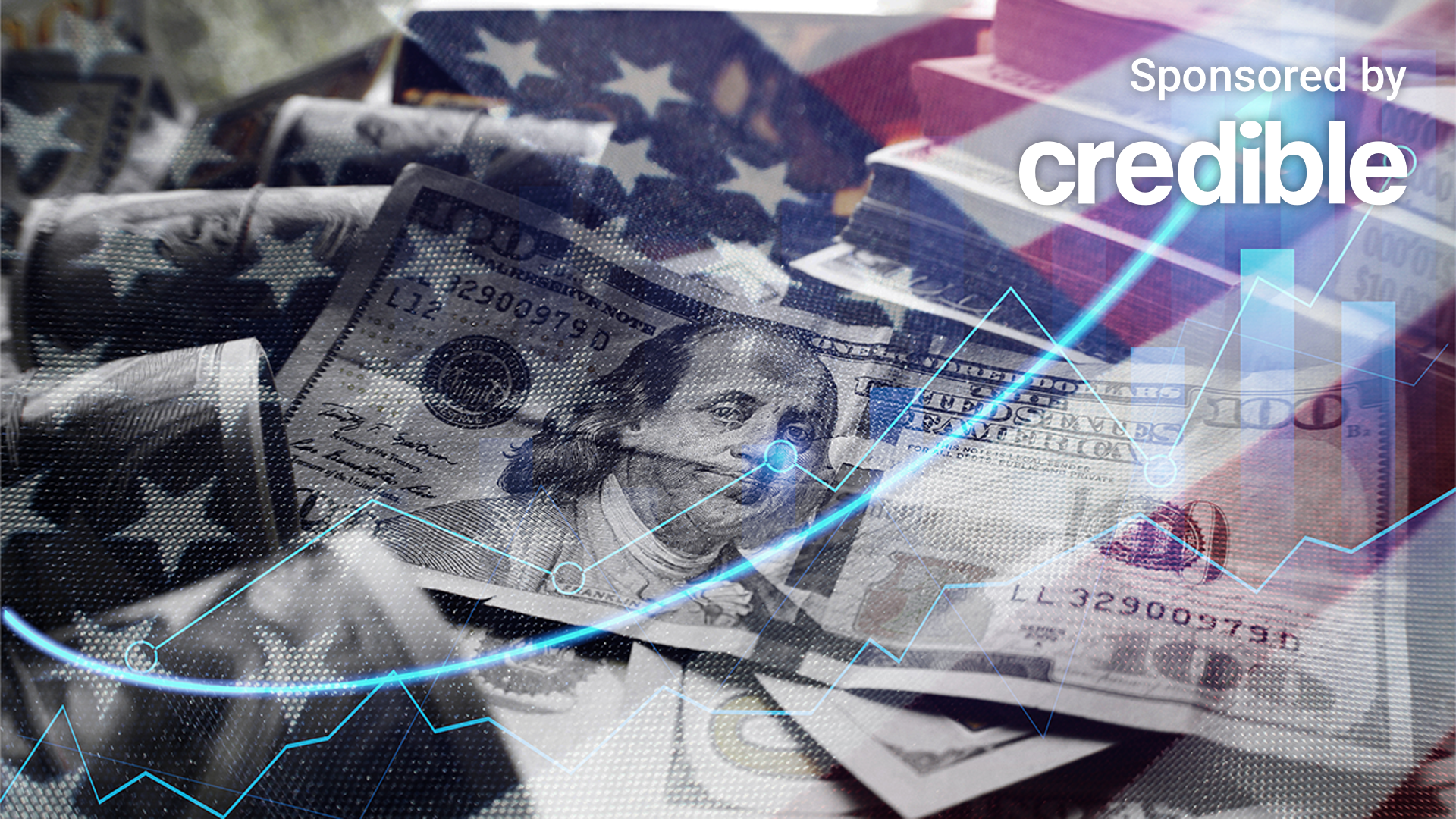Gross domestic product (GDP) increased in the first quarter of 2023, beating the odds of a recession yet again, according to the Bureau of Economic Analysis (BEA).
Real GDP increased at an annual rate of 1.1% in the first three months of this year, after rising 2.6% in the fourth quarter of 2022, according to the BEA’s advance estimate released on Thursday.
The increase in real GDP was driven by consumer spending, exports, federal government spending, state and local government spending, and nonresidential fixed investment, the BEA reported. Growth in the first quarter was offset by a slowdown in new single-family home construction and private inventory investment, the BEA said.
However, first-quarter growth was less than half the 2.6% expansion in the final three months of 2022. The modest growth in the first quarter comes as economists warned that the Federal Reserve’s tight monetary policy to bring high inflation down to a 2% target rate would likely trigger a slowdown this year.
“The U.S. economy eked out modest growth in the first quarter on the back of strong consumer spending,” Morning Consult Chief Economist John Leer said in a statement. “But the consumer ended the quarter on a sour note, calling into question the sustainability of economic growth moving forward.
“While private investment may pick back up later this year, it tends to be highly volatile from quarter to quarter,” Leer continued. “Without a robust consumer, we’re likely to see more volatility and uncertainty in economic activity through the end of the year.”
If you’re struggling in the current economy, you could consider paying off high-interest debt with a personal loan at a lower rate. You can visit Credible to get your personalized interest rate without affecting your credit score.
KNOWING HOW INSURANCE RATES ARE CALCULATED COULD SAVE DRIVERS MONEY: SURVEY
GDP growth means Fed may continue raising interest rates
The Fed could read the latest GDP figures as a sign that more work needs to be done to bring inflation to a 2% target rate, according to one economist.
“First quarter GDP registered a modest 1.1 percent increase, but the underlying signals were strong,” Curt Long, the chief economist at the National Association of Federally-Insured Credit Unions (NAFCU), said in a statement. “The headline figure was a function of two factors—exceptionally strong consumption offset by the largest inventory burn-off since the second quarter of 2021.
“The decline in inventory could suggest weaker expectations among retailers, but more likely sets up a rebound in the current quarter as merchants seek to restock,” Long continued. “The Federal Reserve will view this as yet more evidence that there is plenty of work still to be done in order to rein in inflation.”
The Consumer Price Index (CPI), a measure of inflation, rose 5% year-over-year in March, a slowdown from the 6% increase in February. However, inflation and high wage growth remain above rates consistent with the central bank’s 2% inflation objective.
At its last meeting, the Fed raised rates by 25 basis points and with prices still rising in certain sectors, the central bank is expected to continue raising rates. Economists said they now anticipate another 25 basis points at the Fed’s upcoming meeting in May, according to a recent Reuters poll.
If you want to take advantage of today’s interest rates before they rise further, you could consider refinancing your private student loans to lower your monthly payments. Contact Credible to speak to a student loan expert and see if this is the right option for you.
MIDDLE-INCOME AMERICANS STILL OPTIMISTIC ABOUT FINANCIAL PROSPERITY – HERE’S HOW THEY’RE BEATING INFLATION
Housing sector shows sign of a rebound, economist says
Eight consecutive quarters of contraction in the housing sector, driven by rising mortgage rates, could be about to change, according to Mortgage Bankers Association Vice President and Deputy Chief Economist Joel Kan.
“Residential investment has shown eight quarters of declines but has improved over the past two quarters,” Kan said in a statement. “We expect a recovery in that sector to occur later in the year as purchase conditions improve.”
Still, the Fed’s strict monetary policy means interest rates will continue to pressure consumers and could serve to slow spending and economic growth, Kan said.
“We forecast a short recession in the coming quarters, as these tighter financial conditions exert a drag on consumer and business activity through tighter lending conditions and higher rates,” Kan said. “This will cause the unemployment rate to rise and gradually lower inflation closer to the Fed’s 2% target by the end of 2024.”
The slowdown in home prices and lower interest rates have made buying a home more affordable for some. If you are ready to shop for a mortgage loan or are looking to refinance an existing one, you can use the Credible marketplace to compare rates and lenders and get a mortgage preapproval letter in minutes.
MANY AMERICANS PLAN TO USE THEIR TAX REFUNDS TO BUILD SAVINGS IN 2023, SURVEY SAYS
If you’re struggling with high-interest debt, you could consider paying it down with a personal loan at a lower interest rate. You can visit Credible to compare options from multiple lenders without affecting your credit score.
Read the full article here












